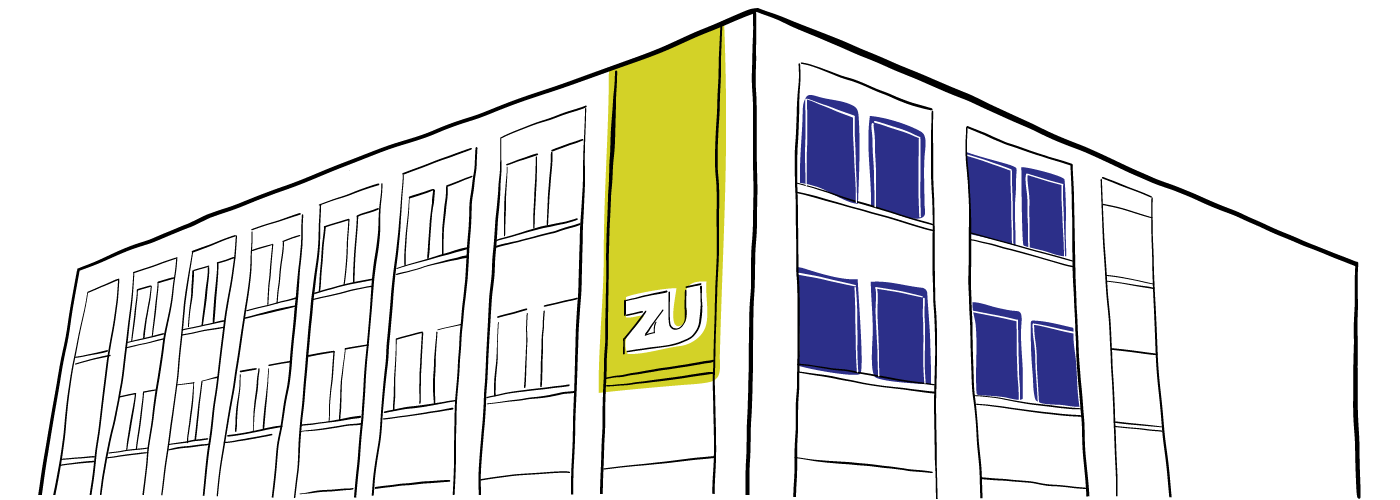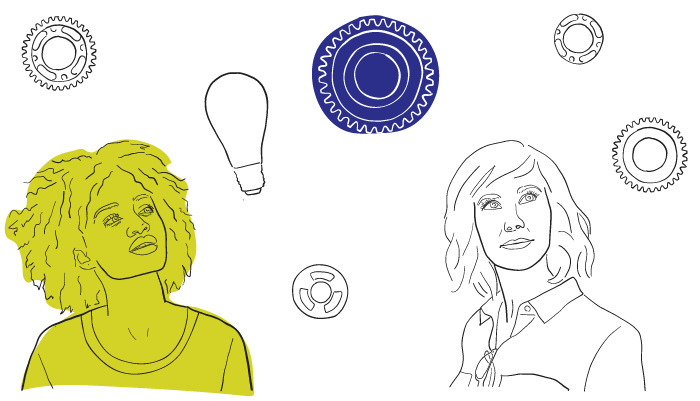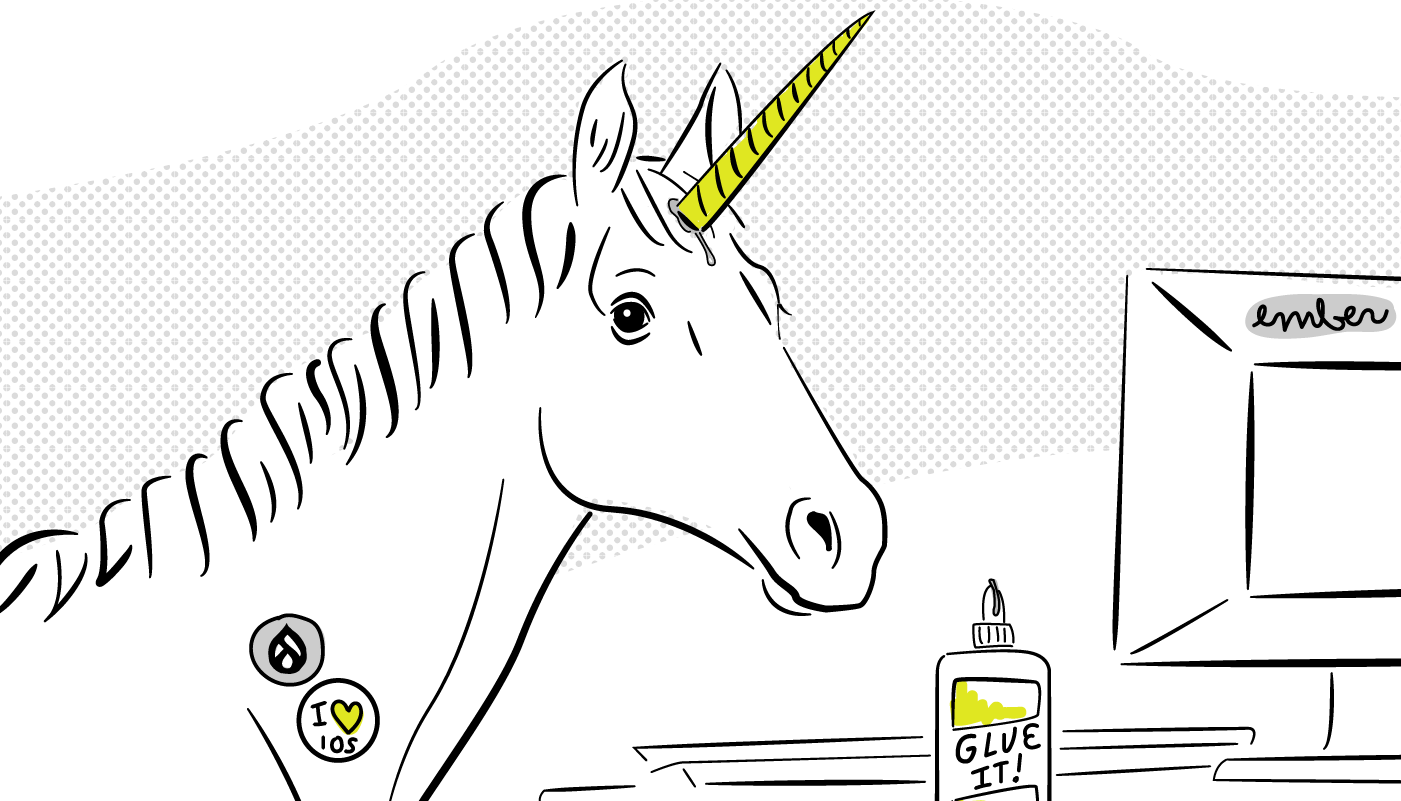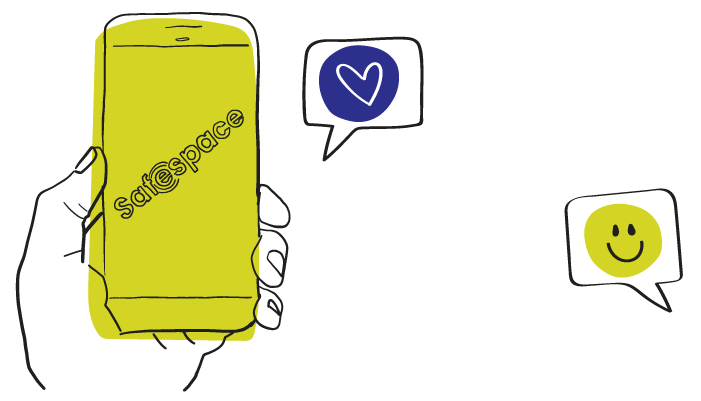

Making it Human
Making it Human
A few months ago zu’s Strategic Director, Albert Jame, wrote about the power of stories and their ability to engender feelings of pride, ownership and desire in consumers towards brands, companies and products. Stories have long been used by companies to sell products and by sports teams to build fan support and loyalty. It’s hard to overemphasize the power that stories can have in connecting people to organizations that they are otherwise far removed from, to make the abstract relatable.
This ability to turn the complex into something tangible reaches beyond businesses and consumers, though. Recently we’ve been using this ability to better understand the experiences that our clients’ user base are having, and communicate ways in which we can, and will, improve these user experiences.
The building blocks
All stories share a few key building blocks that can be applied to the practice of user experience design:
- Characters (users, staff, managers, biz org)
- Interactions & exchanges (website, apps, email, phone calls, in-person discussions, signage)
- Context (place, device, desires, thoughts, emotions)
- Time
- Arcs and acts (beginning, middle, ending)
Having a process and set of tools to identify and understand these building blocks allows us to focus on key moments that will deliver the most significant improvements and generate the most value for users, staff members and the organization at large. Tools such as personas, user archetypes, experience maps, and service blueprints help build a common understanding of the existing experience and highlight the pain points users are having.
Why we use stories
Being able to see and understand the experience your users have holistically, by taking into account all the story building blocks, can be incredibly valuable. As web designers, it helps us to identify key moments that could be improved and determine how best to improve it.
In addition to adding clarity to the current state of an experience, stories can help us think through the future state of the user’s journey. Working through the future state as a story forces all stakeholders to see the future from the perspective of the user, thus making the changes and solutions to identified pain points user-centred - something nearly every organization struggles to do.
Storytelling in web design
There are many ways to use storytelling in the web design process. On the lowest fidelity end, you can have team members act out the interactions in real time. Sketching and storyboarding are also good low fidelity ways to communicate ideas to stakeholders and test them with users. An effective storyboard should include a series of key moments or interactions visualized, a description of each moment as well as the features or supports required to deliver that moment, and notes on the value created with this new experience for users, staff members and the business. Your storyboards can be anything from rough sketches and handwritten notes to highly illustrated graphics or fully rendered comics.
For experiences that are more complex or represent high stake changes for your organization, animation and video can be a great way to tell the story of the future experience. Although they require significant effort to produce, videos and animations provide the clearest vision of the future, and can generate a great deal of excitement and buy-in for big ideas.
Empathy builders
Whether you’re embarking on a new venture and need to differentiate yourself from your competition, or your organization is established and you want to enhance experiences for existing users, utilizing stories to understand and shape the future can be extremely valuable. By focusing on the people involved, stories build empathy and provide insight into needs and desires. It’s through this empathy that we can imagine and design a future that delivers the best experience for our users.



